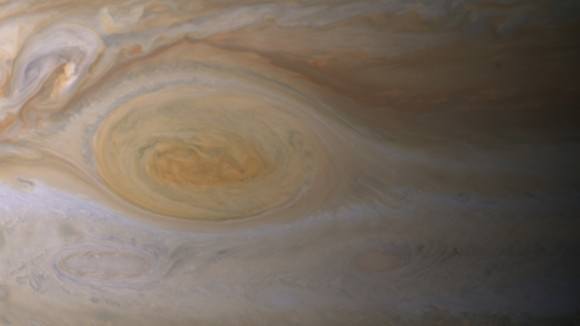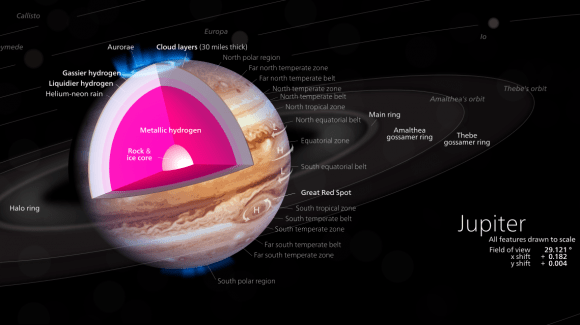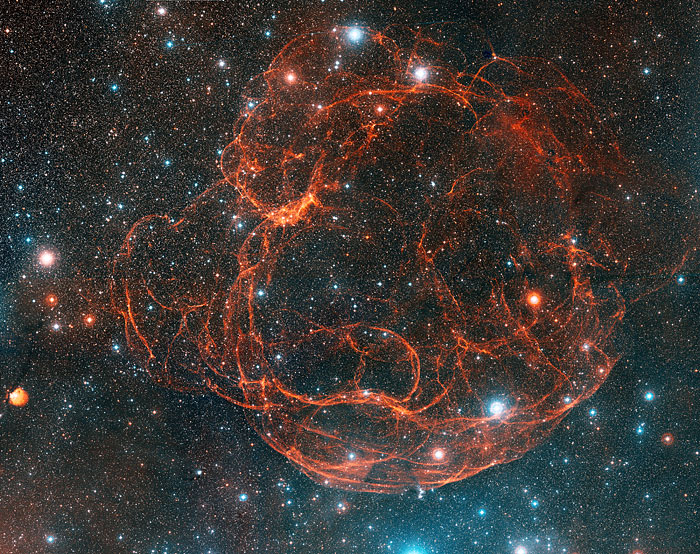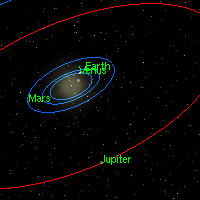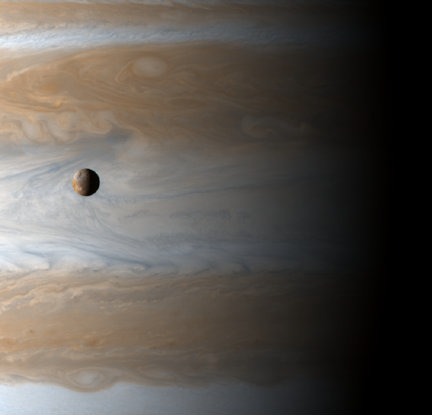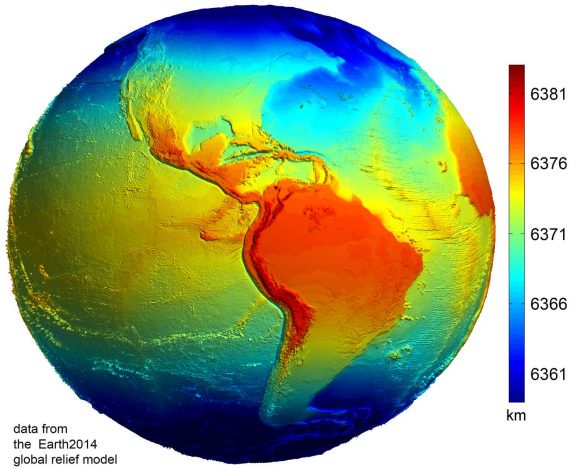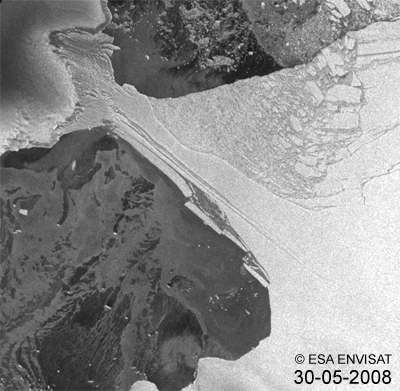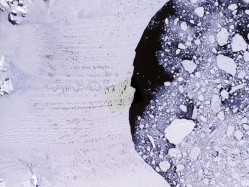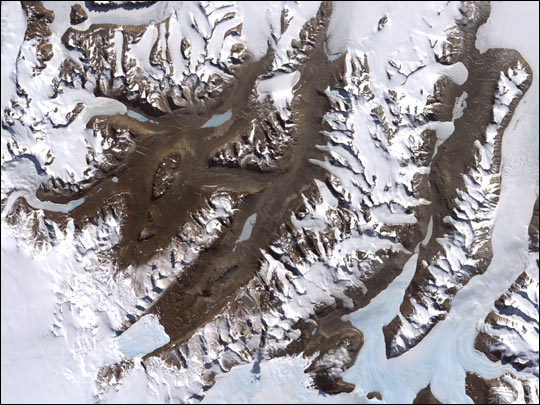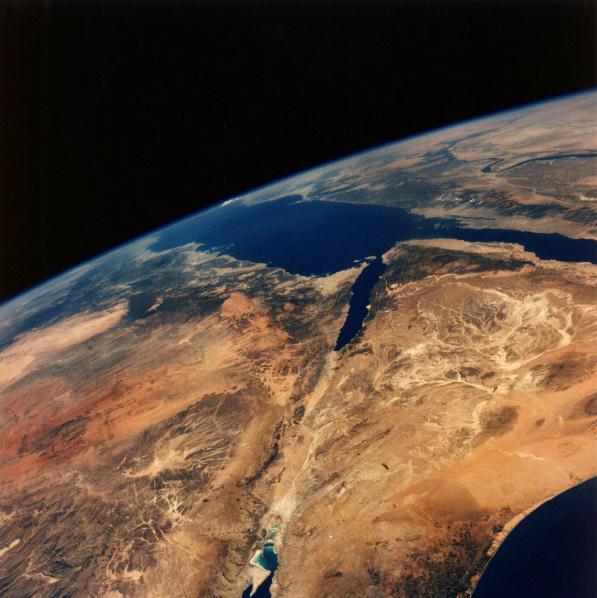The diameter of Jupiter at its equator is 142,984 km. Since it rotates very quickly, completing a full rotation in just 10 hours, it is an oblate spheroid and bulges at the equator. If you measure the diameter through the poles it is 9,276 km smaller at 133,708 km. Solely based on diameter, Jupiter is 11.2 times the size of the Earth and larger than any other body in our Solar System other than the Sun.
The diameter of Jupiter is amazingly large for our Solar System, but is easily eclipsed by some extrasolar planets. According to Dr. Sean Raymond at the Center for Astrophysics and Space Astronomy at the University of Colorado the largest terrestrial(rocky like Earth) planets can be up to 10 times the size of Earth. Since Jupiter is a gas giant, let’s compare apples to apples and talk about the largest known gas giant in the universe. As of this time(August, 2011) the largest gas giant known is TrES-4. This planet is 1,400 light years away in the constellation Hercules. It has been measured to be 1.4 times the size of Jupiter, but it only has 0.84 times Jupiter’s mass. A gas giant can get about 14 times more massive than Jupiter before they ignite fusion and become brown dwarf stars.
A common question that people ask is ”can Jupiter ever become a star?”. That is a reasonable question given its size and mass. Fortunately for humans, the answer is no. Jupiter would need to add about 80 times its current mass in order to ignite fusion. While the planet occasionally accretes more matter, there is not enough available in our Solar System to add that much mass. If it did ignite, it would scorch our world
Jupiter interests scientists for many reasons. Its moons are a major draw for research. The planet has 64 moons that have been confirmed and a few more that have rarely been observed. The moons in the Jovian system account for 50% of all of the moons in our Solar System. A few of those moons are larger than some dwarf planets and others show evidence of subsurface oceans. Scientist are not sure if they are oceans of water as we know it, but they do believe that they exist.
The diameter of Jupiter is an awesome number in itself, but, once you consider the planet as a whole, you see that knowing the diameter is just scratching the surface. Hopefully, it is enough to spark an interest in researching the planet further.
Here’s more information on the diameter of Earth, if you’d like to compare and see how big Jupiter really is. Jupiter’s big, but extrasolar planets are thought to be able to get even bigger. Here’s an article about how big planets can get.
As I’ve mentioned above, Jupiter is the biggest planet in the Solar System, and here’s Hubblesite’s News Releases about Jupiter.
We’ve also recorded an entire show just on Jupiter for Astronomy Cast. Listen to it here, Episode 56: Jupiter, and Episode 57: Jupiter’s Moons.
Sources:
http://solarsystem.nasa.gov/planets/profile.cfm?Object=Jupiter&Display=OverviewLong
http://planetquest.jpl.nasa.gov/news/tres4.cfm



